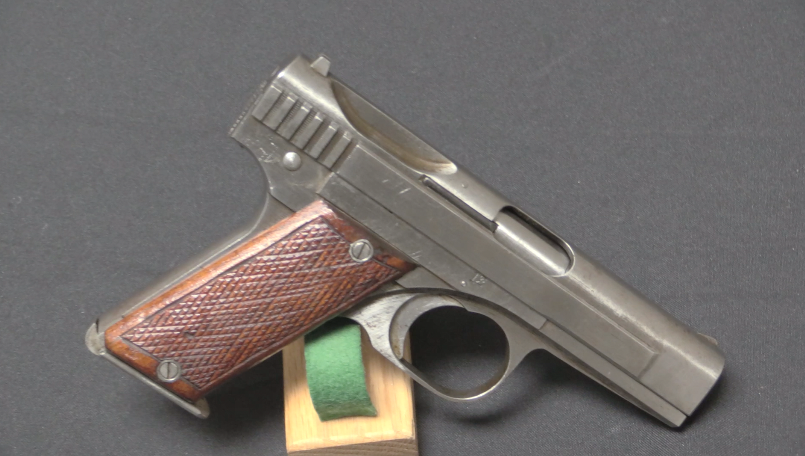Like the smaller 105mm field gun, the Imperial Japanese Army essentially copied a French Schneider design for their 150mm howitzer, adopted in 1936 as the Type 96. It was produced by the Osaka Arsenal from 1936 until 1944, with about 600 being made in total. Capable of firing at extremely high angles, the Type 96 was a practical and effective weapon in the islands of the Pacific.
This example currently resides in the Vilu Military Museum on Guadalcanal, having been salvaged off Mount Austen after the war. Thanks to War Historian Battlefield Expeditions for including me on their tour of Guadalcanal, where I was able to film this!



Ian said in the video that this weapon was based on the French Schneider 155 Howitzer, which was one of the best pieces of medium artillery in the Great War. The US adopted pieces purchased from France as the M1917, while US built examples were the M1918. Under the “Square Division” of WWI, the Artillery Brigade had two regiments of 75mm guns with each in direct support of a brigade of two Infantry regiments. A 155mm howitzer regiment was in general support of the entire division. When the square division was eliminated in 1940-41 in favor of the triangular division of 3 infantry regiments, Division Artillery was composed of three DS battalions with 105mm howitzers and a GS battalion of 155mm howitzers. It wasn’t until 1943 that the M1917/1918 was replaced by the M1 (later M114). The older weapons reverted to training or were passed on to American Allies like China.